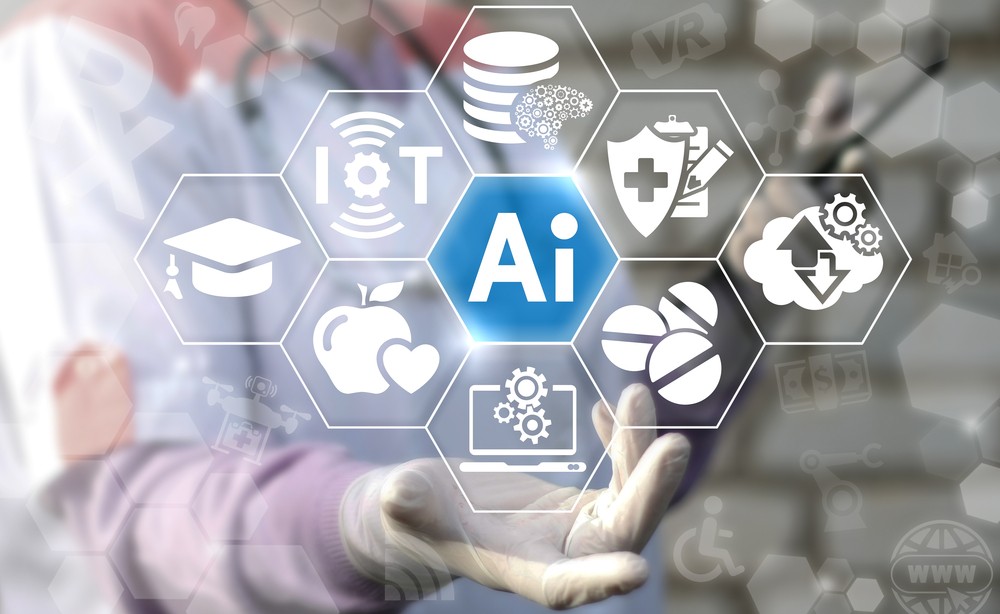Some of the more sensational, yet commonly spouted technology predictions for the next decade include the rise of the fully autonomous vehicle, a robot of some form in every household and electric cars being ubiquitous (although the latter has the greatest degree of potential). With that being said, there are certain areas that are expected to see substantial changes over the next decade within the enterprise IT space. These are; the increasing generalisation of AI, the move from application centric to data centric infrastructure, and the transition towards edge-based intelligence.
- AI Generalisation a possibility
AI generalisation, or general-purpose AI is something that scientists and mathematicians have been striving for since the 60’s. Every year we get closer to this being a reality, humanity has now created AI which can beat humans and incredibly complex games with millions, if not billions of permutations. Comparatively, these models are simplistic as they only have a single goal, when you look at generalising it there are multiple goals and as humans, we must balance these. There is a mathematical breakthrough that is needed, whilst it can’t be guaranteed that this will happen in the next 10 years it will be an area that has much greater focus due to the availability of computational power.
- Data Centric Infrastructure
With the significant rise in virtualisation over the last decade, there has been a big change in the IT industry from being system centric to application centric. The physical platform that a specific piece of software runs is becoming less important. Virtually all businesses are nearly fully virtualised at this point with quite a few now moving onto containerisation. Microservices use containerisation to deliver smaller, single-function modules, which work in tandem. Due to this approach, there is no need to build and deploy an entirely new software version every time you change or scale a specific function. This makes building agile, scalable applications far more feasible. The application centric system often stores data within a single application rather than having it in a single centralised location. Over the next 10 years there will need to be a greater level of interoperability between applications, giving a much better view into data, company-wide.
- Edge Based Intelligence
As more of our lives become IT-enabled, there has been a proliferation of data that has been created away from the data centre. Accessing, processing and understanding this data will be one of the largest challenges for businesses over the next decade. The ability to process all of this data centrally is going to be impossible, therefore new models of data processing are going to be required. As these systems become able to adapt to change by leveraging AI, there is likely to be a substantial rise in swarm reinforcement learning; a distributed AI system. Each system will have their own environmental factors but will share knowledge between edge points allowing for a subset of data to be further processed centrally for deeper insight.
AI sentience still a long way off
According to Gartner, through to the end of 2022, data management manual tasks will be reduced by 45 percent through the addition of machine learning and automated service-level management. But that doesn’t necessarily mean that AI sentience is going to be here anytime soon. We’re a long way off autonomous systems that can think for themselves in a primitive way and make decisions independently of humans. It does mean, however, that humans instead will be here to manage to unexpected and the exceptions, rather than do the repetitive and mundane. AI is automating many of the manual tasks and allowing less technically skilled users to be more autonomous using data.
Driving the change
Whilst all of these trends will be influenced by a number of different factors which have a huge influence on timescales, some of them can already be seen in prototype today. However, over the next decade, there will be vast leaps forward in computational power which will most certainly help to enable these.
One thing is for sure, a growing ability to manipulate data is set to propel business operations forward. Whether its productivity and efficiency savings or greater innovation opportunities, data is advancing organisations in a tremendous amount of ways and helping to solve a large variety of problems. The effects of this will only become more pronounced as these trends gain maturity and adoption gains critical mass. Organisations that are able to harness these capabilities effectively will be able to differentiate themselves and drive significant value.





